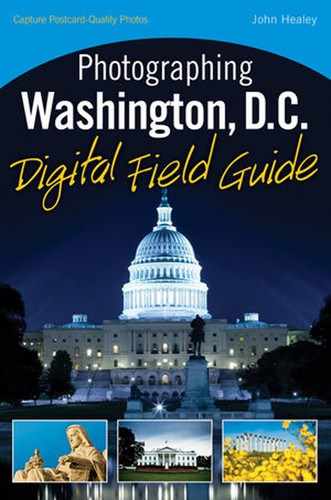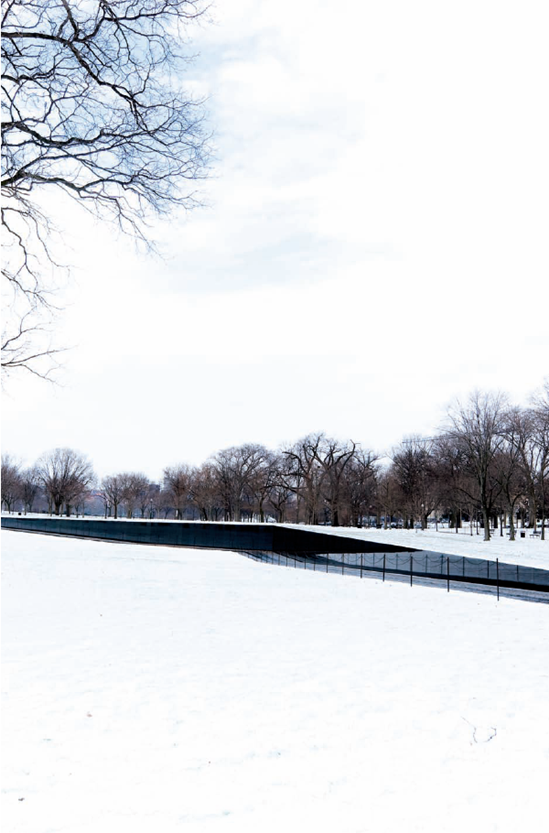
A detail of the Vietnam Veterans National Memorial in the morning. Taken at ISO 500, f/10,1/250 second with a 20mm lens.
The Vietnam Veterans National Memorial honors members of the U.S. armed forces who died in the Vietnam War. The memorial is at the western end of the National Mall and is a black granite wall that makes a wide V-shape. It is inscribed with the names of over 58,000 men and women who were killed or designated as missing in action.
It has become a tradition that visitors to the memorial will often leave small mementos to those who are remembered on the wall. These items are collected each day by National Park Service Rangers and, if possible, added to an archive kept by the Smithsonian Institution.
Because of the minimal design of this memorial, the best pictures often come from within the memorial's walkway.
At first glance, the walkway of the memorial doesn't seem to offer many photo opportunities — its stark design is brutally simple and is wholly different from many other areas along the Mall. Look carefully though, and you'll find several interesting ways to photograph it.
One of the classic images of the Vietnam Veterans Memorial (and indeed one that the artist Maya Lin sketched on her original proposal for the memorial) is a shot looking along its east wall towards the Washington Monument (see Figure 26.1).
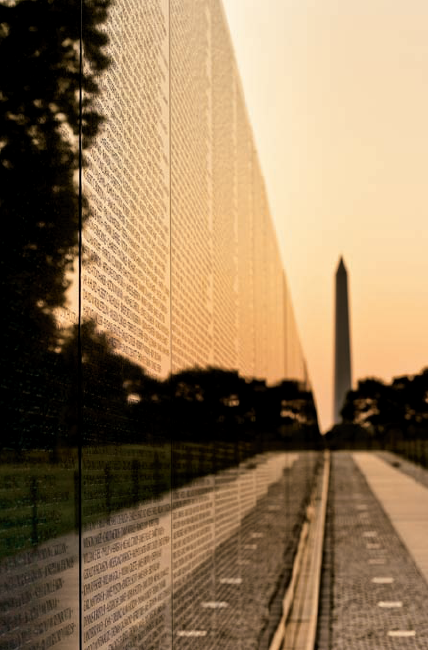
Figure 26.2. Looking east towards the Washington Monument before sunrise (see A on the map). Taken at ISO 400, f/8, 1/640 second with a 90mm lens.
The black granite surface reflects light in many different ways during the day, and these reflections can make interesting ways to view the memorial. One of the popular shots is to stand just west of the middle of the memorial and look straight in at the west wall (see Figure 26.2). You can see the Washington Monument reflected in the wall with hundreds of names surrounding it.
Tip
National Park Service volunteers are well-versed in the good locations to photograph the memorial and can help you find these spots. They are also full of great facts and stories about the memorial and are well-worth a listen.
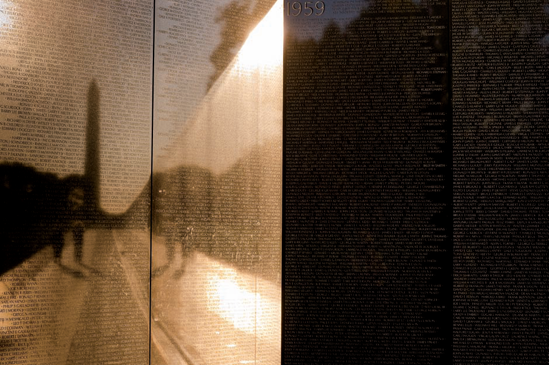
Figure 26.3. Viewing the intersection of the east and west walls of the memorial in the morning (see A on the map). Taken at ISO 400, f/11, 1/125 second with a 65mm lens.
By the end of the day, there are often many flowers and other objects left at the base of the memorial. These small objects can be interesting detail shots whether they are flowers, Vietnam era helmets, flags, or photographs (see Figure 26.3).
Good photographs here require some concentration and exploration of the memorial.
Great shots can be made here with a minimum of equipment. Note that tripods are not allowed within the walkway area that borders the memorial wall.
For images looking along the east wall (refer to Figure 26.1), focal lengths from about 50–125mm work well, depending on your composition.
When shooting into the wall with the reflection of the Washington Monument and the east wall of the statue (refer to Figure 26.2), wider lenses such as 50, 35, and 24mm work better because they do not compress the scene as much and thus render the reflections a little more clearly.
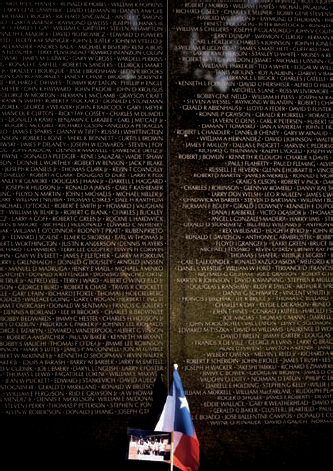
Figure 26.4. A Texas flag and a photograph left at the wall of the memorial (see A on the map). Taken at ISO 160, f/7.1, 1/125 second with a 65mm lens.
Finally, tight detail shots that include the items left by visitors along with the names engraved on the walls can be done with longer focal length lenses (refer to Figure 26.3). Something between 70 and 100mm works well for such images (or even longer) depending on how you compose your shot.
If you have a polarizing filter with you, try to see how using it changes the reflections on the wall. These filters work best at a 90-degree angle to the reflected light, so when using them to minimize reflections, a little experimentation will be necessary to get the right angle.
The dark wall will almost undoubtedly confuse your camera's automatic exposure. Because it is so dark, most cameras end up overexposing the scene and create washed out images. The reason is because the dark granite is so much darker than the average brightness that a camera expects. You can try to use your camera's night scene if it has one (although this may result in your flash being used, which you don't want). Otherwise, when using an automatic mode, dial down the exposure by using your exposure compensation feature, or by setting the exposure yourself in manual mode. On average, it will be about one to one and a half stops less exposure — this will depend on how much light the glossy wall is reflecting, however.
Next, you may want to experiment with different white balances to create the cleanest-looking image you can based on the lighting at the time. Different white balances affect the contrast of the image and thus how you see the engraved names against the black wall.
The good thing at this memorial is that it can be photographed at almost any time during the day.
In the early morning, before the sun has risen, there will be nice light on the wall, but after the sun comes out, very strong reflections appear along the wall of both the sun and Washington Monument. Later in the morning and afternoon the reflections are easier to manage, but there are often many more people at the memorial who will be in the reflections. This, however, can be used as a creative opportunity if you wish.
There are times during the year, notably Veterans Day and the Fourth of July, when the memorial will have more activity around it. You have many opportunities to photograph here during this time, but the crowds are large, too.
Anything in the sky can be reflected in the walls of the memorial. Clear skies make it easier to discern names on the walls, but different cloud formations may offer an opportunity for different kinds of images. Many of the reflection images can be taken in a variety of weather as well. As is expected, unique weather can make any picture even better, too.
Nighttime is a great time to shoot here as well. The image looking down the east wall with the Washington Monument works well at night, although because tripods aren't allowed, you must hand hold the camera. The tripod rule is enforced no matter whether or not there is a crowd there at that time.
